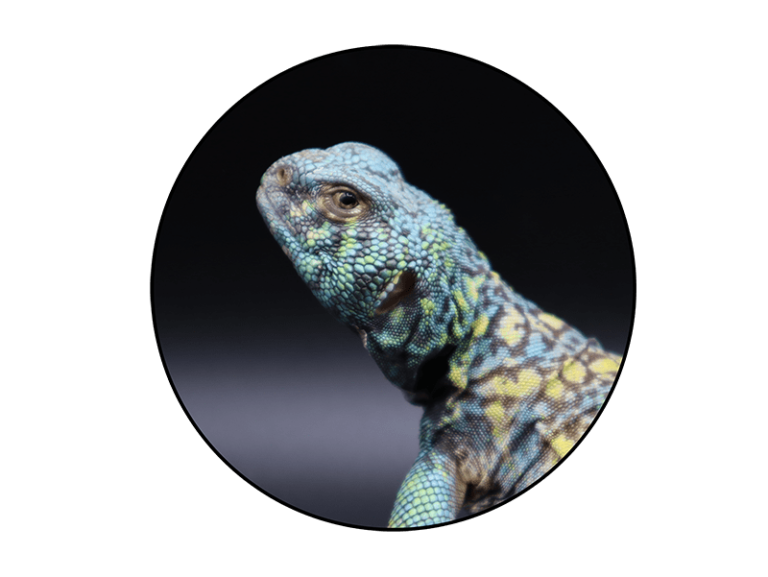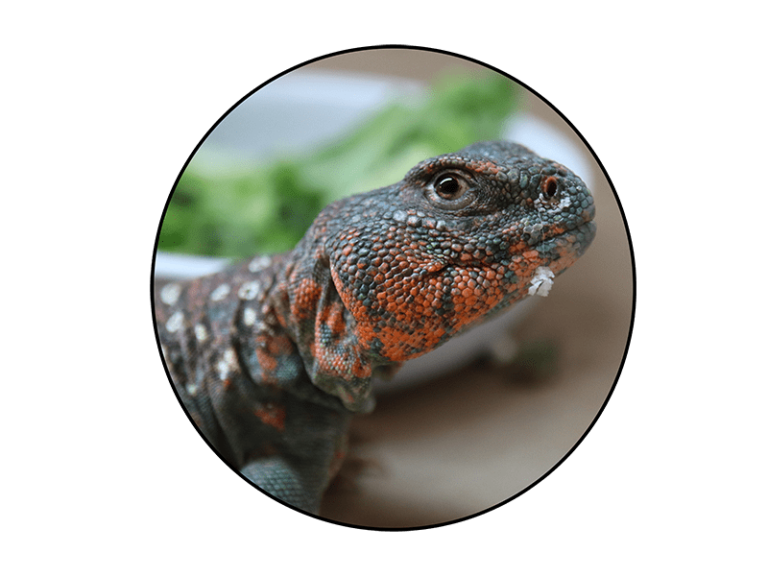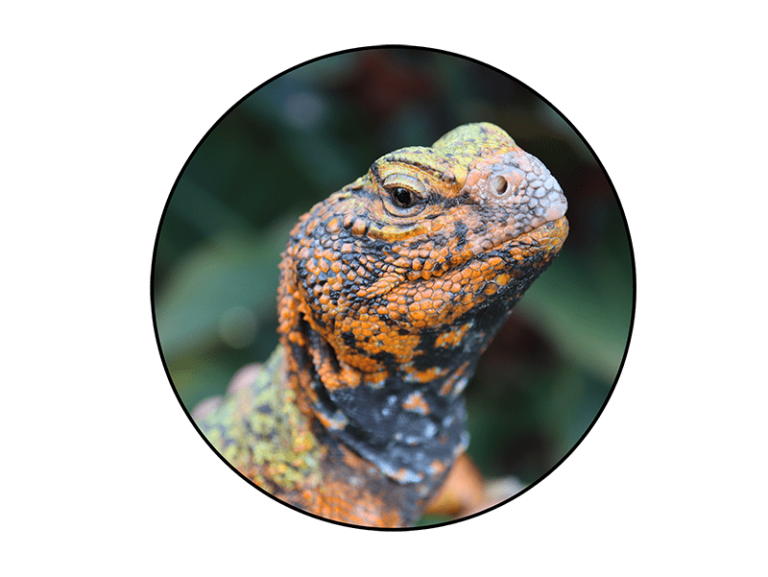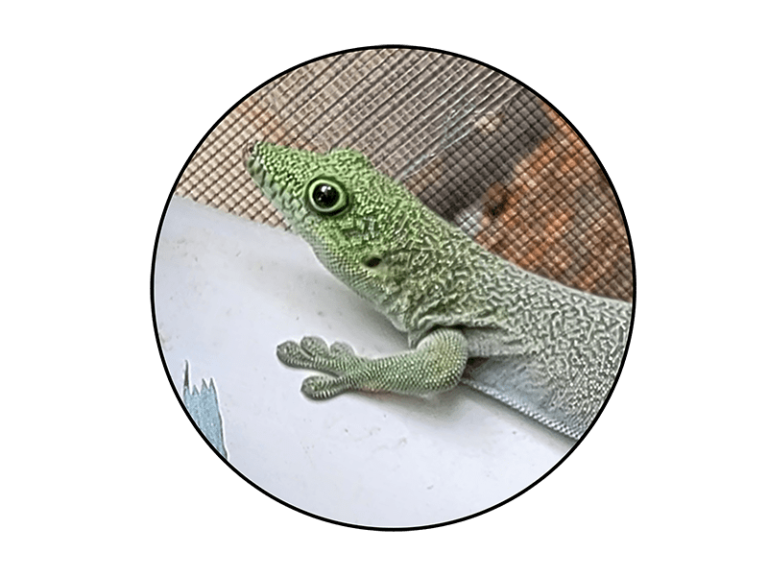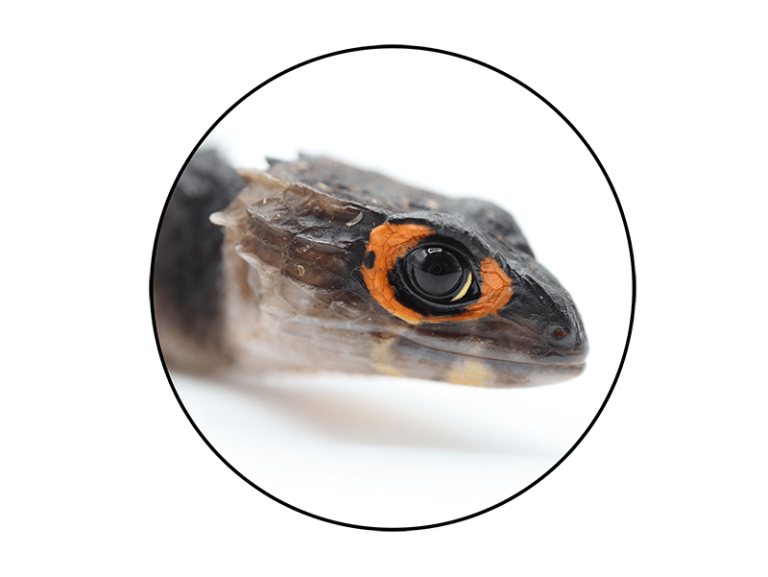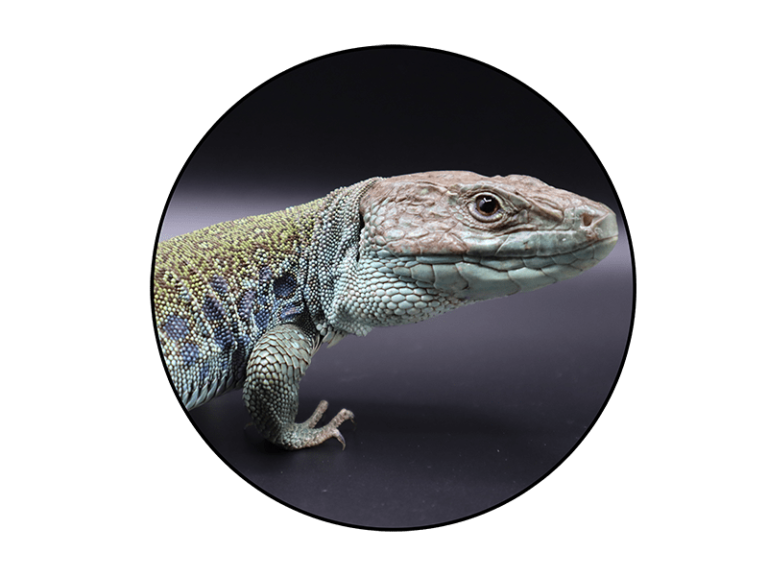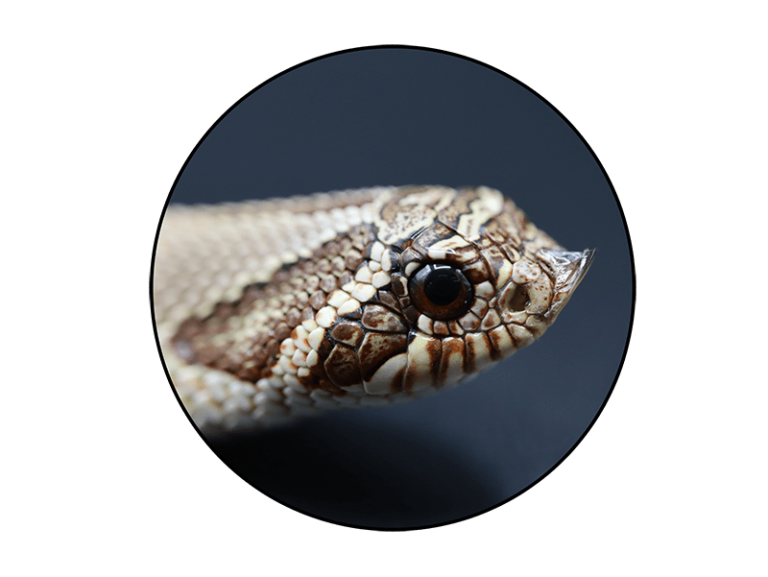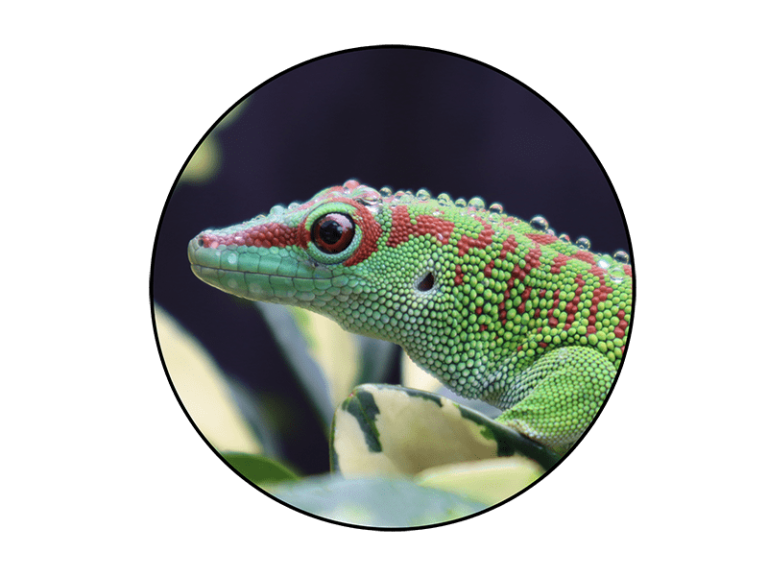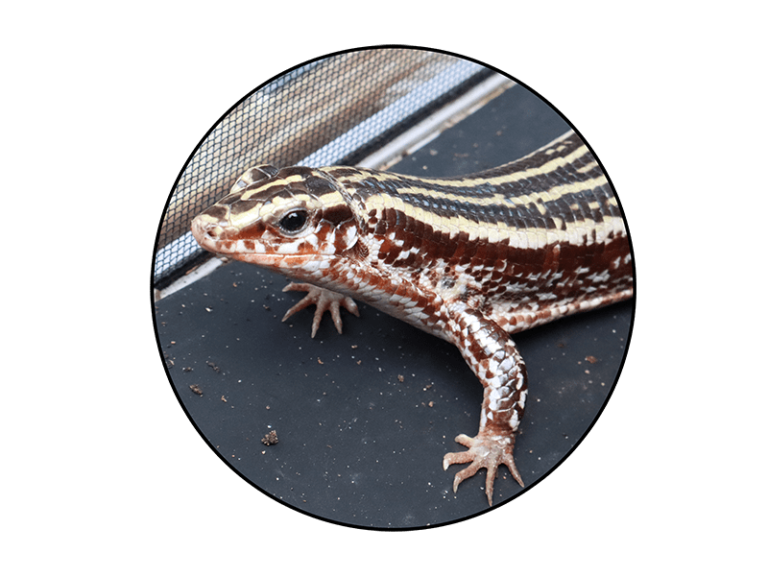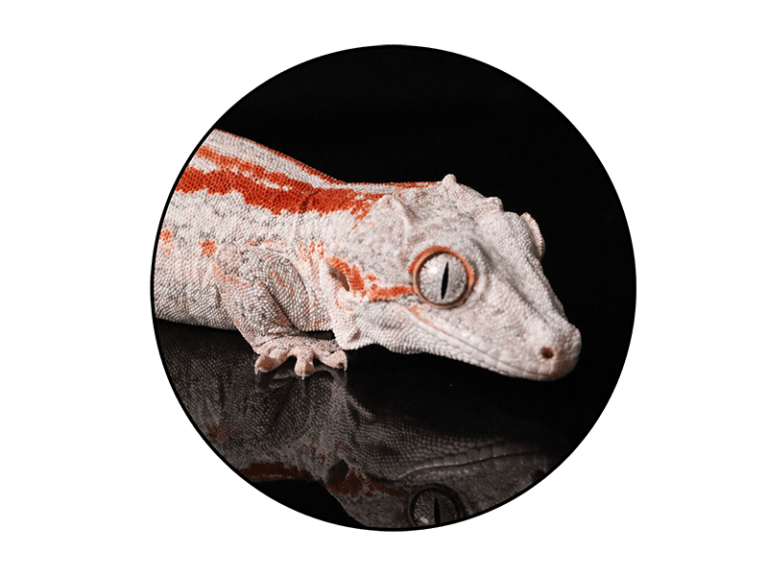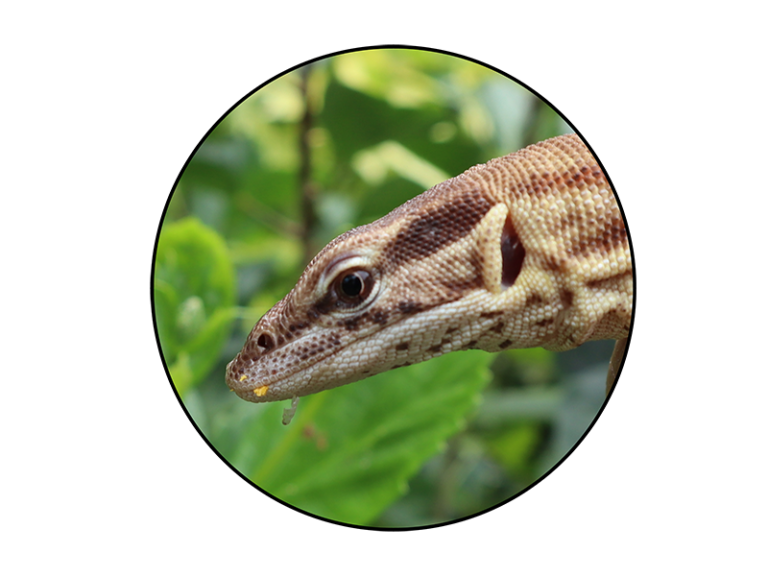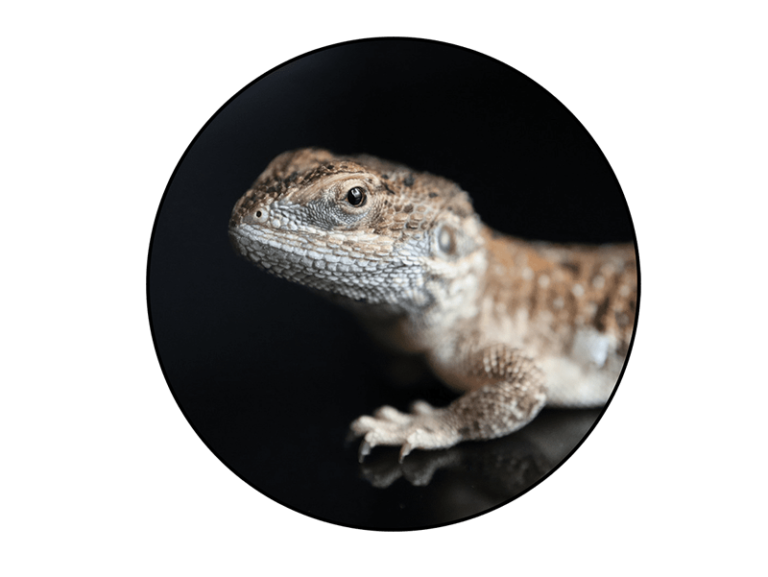REPTILES COLLECTION
(CLICK ON THE SPECIES NAME FOR + INFORMATION)
Uromastyx Ornata
The Ornate uromastyx (Uromastyx ornata) is a medium sized species that can reach 13” and weigh between 200 to 400 grams.
This species is native to Egypt, Israel, and Saudi Arabia. There is vast color variation within the species ranging from greens, blues and teals with splashes of oranges and yellows.
Males and females are sexually dimorphic with the males showing more vibrant colors. Ornate babies start to develop their mature colors between 1 to 2 years.
UROMASTYX OCELLATA
The Ocellated uromastyx (Uromastyx ocellata) is a medium sized species that can reach 13” and weigh between 200 to 400 grams.
This species is native to Somalia, Sudan and southeast Egypt. There is color variation within the species ranging from greens and blues with oranges and coppers.
Males and females are sexually dimorphic with the males showing more vibrant colors. Ocellated babies start to develop their mature colors between 1 to 2 years.
UROMASTYX MOROCCAN
The Moroccan uromastyx (Uromastyx nigriventris) is a large species that can reach 16” and weigh between 300 to 500 grams.
They are from the semi-arid to near-desert scrublands common to northern Africa. The species predominantly comes in two colors, either yellow or orange, with combinations of orange and yellow and greenish yellow.
Males and females aren’t sexually dimorphic and both can actually display bright and vibrant colors. Moroccan babies are slow to develop their mature colors taking between 2 to 4 years.
GECKO STANDINGI
The Standingi Day Gecko (Phelsuma standingi) is a large day gecko species that can reach up to 10”.
This species is native to the drier regions in Madagascar. We consider these geckos to be a “Display” species in that they don’t necessarily like to be handled.
With that said they are vey bold and will eat from your hand or tongs. This species goes through quite the color transformation from hatchling to adult. As adults they tend to have bright green heads, purple/grey backs and vibrant blue tails.
SHIELD-TAILED AGAMA
The Dwarf Shield Tailed Agama (Xenagama taylori) is a small agamid found in arid regions of Northeastern Africa.
They are very small topping out at just around 3.5”. These little agamas have a short and wide tails that they use to “Shield” the opening to their burrows.
During the breeding season males display a beautiful blue face/chin hoping to attract any on looking females. Males also tend to be a little bigger than females.
GARGOYLE GECKO
The Gargoyle Gecko (Rhacodactylus auriculatus) is a New Caledonia species that has similar in care to crested geckos.
Like crested geckos these are nocturnal geckos that make great pets because their care is simple to provide.
Another reason for their ease of care is that there are commercial diets (Repashy and Pangea) available where you simply add water to the powder and serve. Gargoyles come in a variety of colors and patterns.
RED EYE CROCODILE
The Red-Eyed Crocodile skink (Tribolonotus gracilis) is a very shy species that is crepuscular. Being crepuscular means they are active mostly at dawn and dusk.
This species is native to Papua New Guinea and the Admiralty Islands. We consider these tiny dragons to be a “Display” species in that they don’t necessarily like to be handled.
Males tend to be larger than females while also having enlarged pores on the toes of their hind feet specifically on the underside of their middle toes.
JEWELED LACERTA
The Jeweled Lacerta (Lacerta lepida) is a large species that can get up to 24” in length.
They are native to open woodlands and meadows in southwestern Europe.
This species is very food motivated and can tame down very easily with repetitive hand/tong feedings. Jeweled lacertas are a hardy species that make great entertaining pets.
WESTERN HOGNOSE
The Western Hognose (Heterodon nasiscus nasiscus) is a North American colubrid that has a range that extends from southern Canada through the central United States, into northern Mexico.
This compact snake with its upturned snout is not only adorable to look at but is built for burrowing through loose sandy soils.
These are becoming very popular in the reptile community because of the variety in patterns and colors. We hope to breed the small group we have in the near future.
PHELSUMA GRANDIS
Jeweled lacertas are gorgeous reptiles with a unique look that really makes them stand out. They’re also quite active and fun to observe, which means they’re quite a joy to own!
But these lizards can be a bit finicky, which means it’s important for you to have a firm understanding of their requirements if you want them to thrive.
This guide will teach you everything you need to know about jeweled lacerta care, so you’ll be ready for ownership on day one!
GIRDLED LIZARD
The Four-Lined Girdled Lizard (Zonosaurus quadrilineatus) is a species found in dry habitats from sand dunes to forests in the south-western region in Madagascar.
They are a smooth-scaled lizard that can grow to 16” in length.
Their sleek design allows them to dig/burrow through loose sand and soil with ease. This is a new species for us that we are hoping to produce in the coming years.
YELLOW ACKIE MONITOR
The Yellow Ackie Monitor (Varanus acanthurus brachyurus) is a small varanid native to Australia.
They range in size from 18” to 30” making them the perfect sized monitor. Yellow Ackies are basically tiny versions of larger monitors species in that they are confident, smart and food motivated.
Providing the proper sized enclosure and substrate is a necessity for these monitors to thrive.

